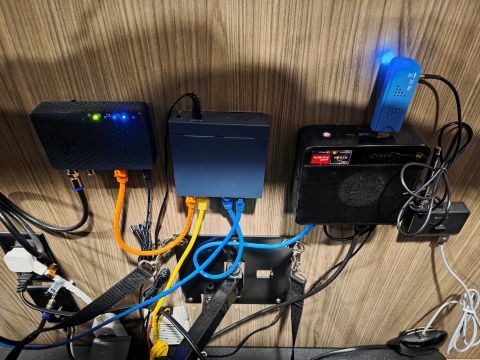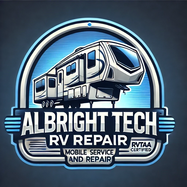Main Control System
Everything in my rig is controlled, at least in part, by Home Assistant, a fantastic open-source control system that interfaces with a wide range of devices. I utilize sensors that transmit via Bluetooth, Wi-Fi, and 433 MHz. My setup runs on a compact BeeLink EQR5 mini PC (affiliate link: https://amzn.to/4hNdKtc), powered by an AMD Ryzen 7 5850U processor, 16GB of RAM, and a 500GB NVMe SSD. Did I mention that it's impressively small? Measuring just 5 inches by 5 inches and 2 inches tall, we’ve positioned it discreetly behind the main television in our rig. The computer is connected directly to the 12VDC system of my rig using a 12VDC stabilizer and a 12VDC to 19VDC boost converter. This ensures that it is always powered and I don't have to convert from 12VDC to 120VAC just to invert back to 19VDC. It is much more efficient this way.

